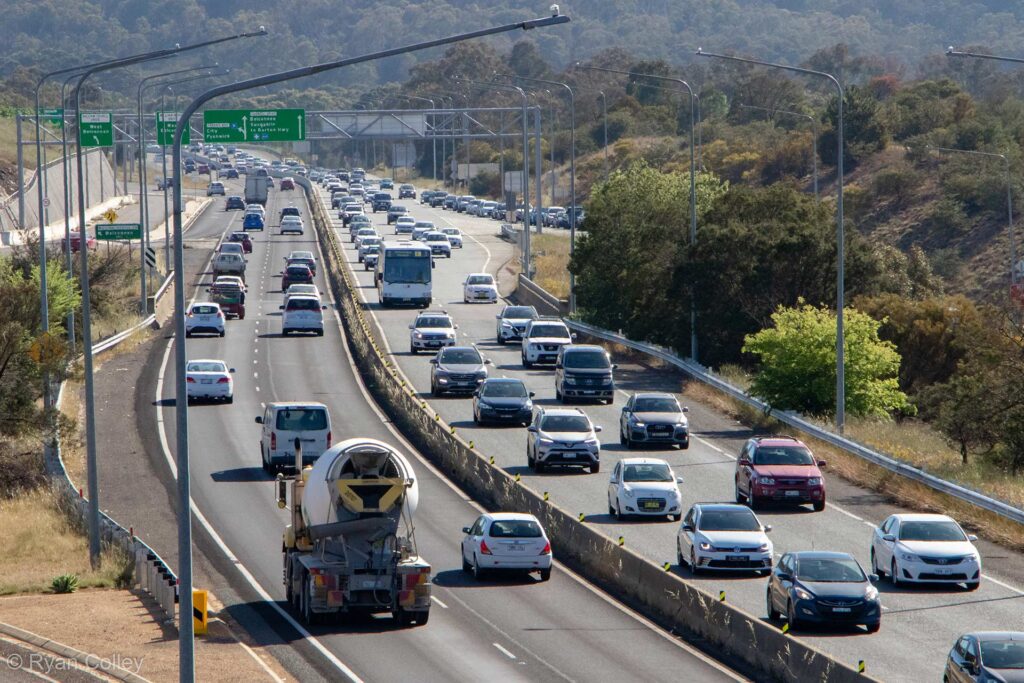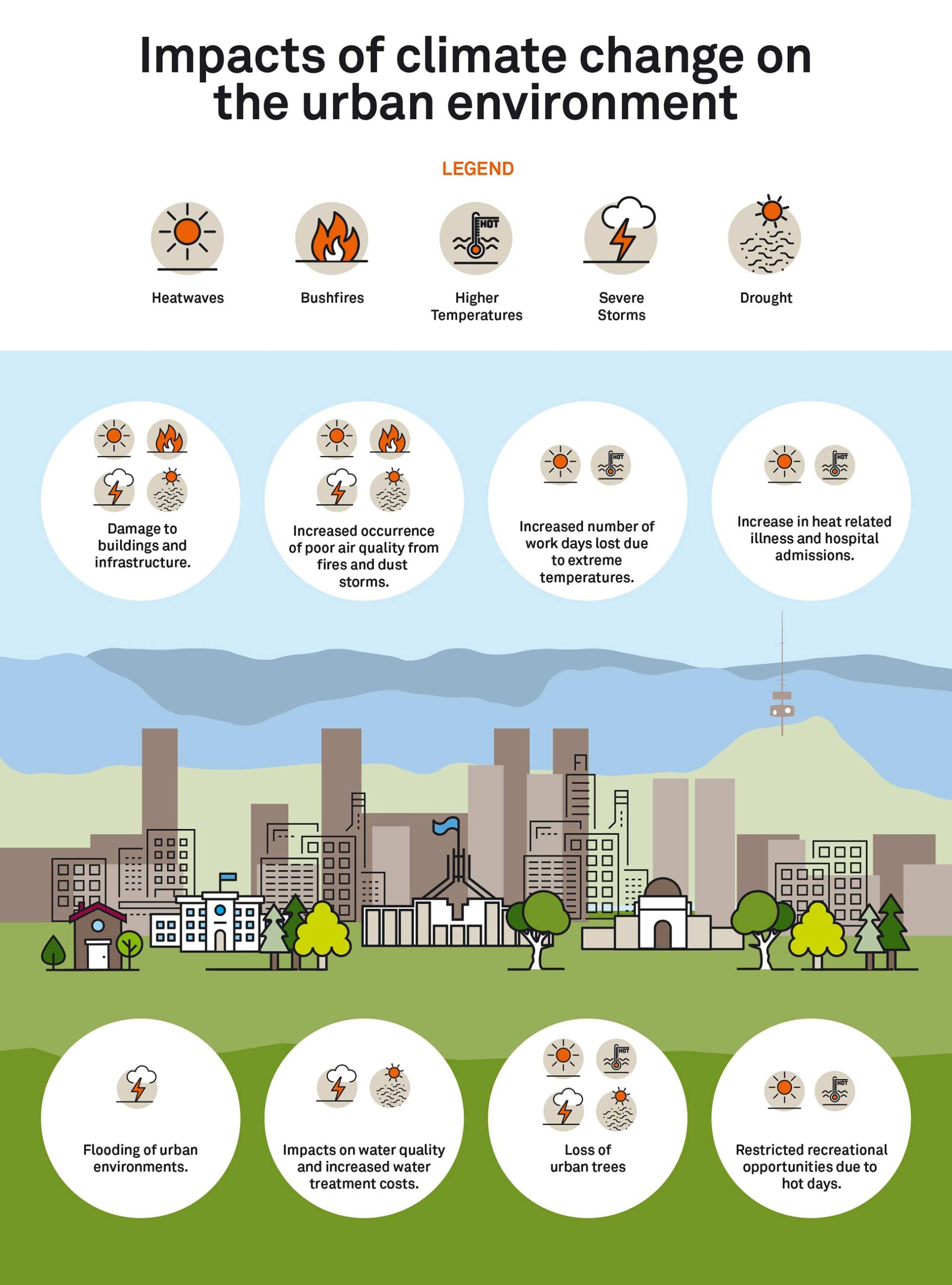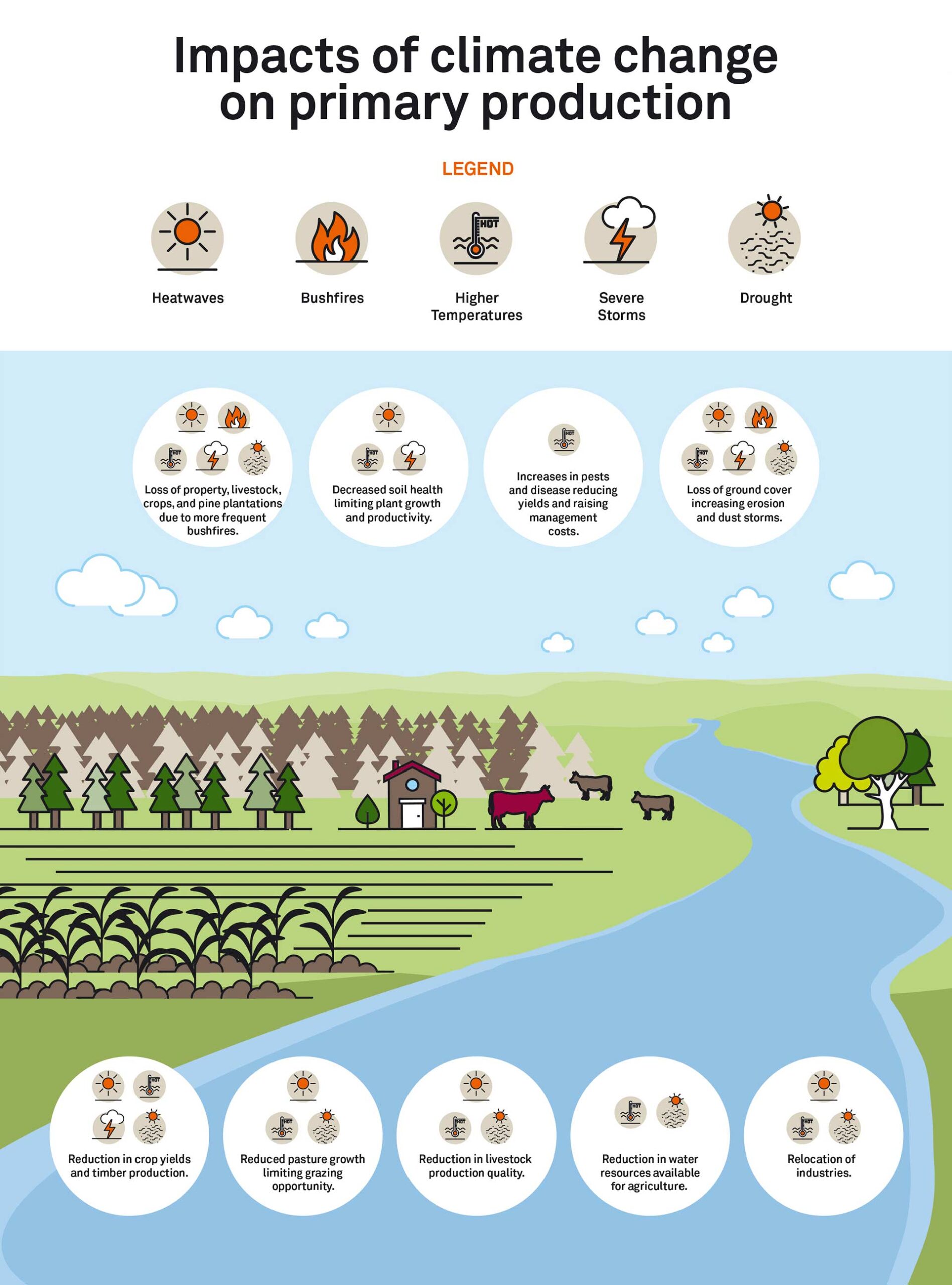Climate change and its causes
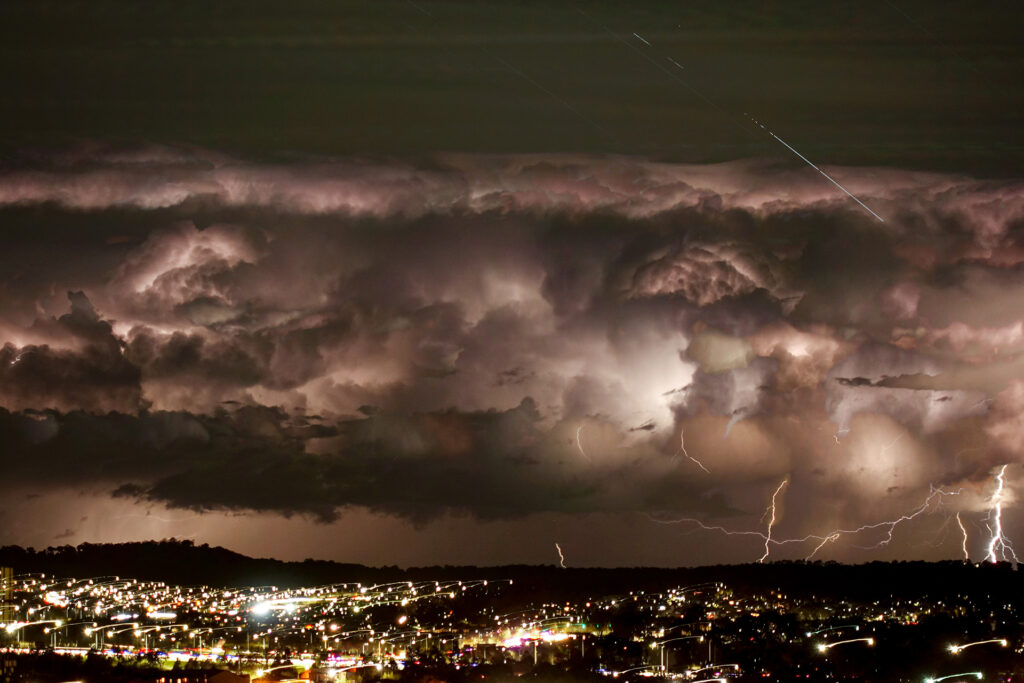
Climate change – the recent and rapid changes to our climate caused by human activities – is the most significant environmental challenge facing people around the world; most Canberrans understand the science and know that we need to act.
Climate change is caused by increases in the amounts of greenhouse gasesA gas in the atmosphere (such as carbon dioxide, methane and More in the atmosphere around the world. Over the past 150 years, since the beginning of the industrial era, human activities have added greenhouse gasesA gas in the atmosphere (such as carbon dioxide, methane and More to the air. This includes the burning of fossil fuels (such as petrol, coal and gas) and the clearing of land for cities and agriculture. Our atmosphere now has the highest levels of greenhouse gasesA gas in the atmosphere (such as carbon dioxide, methane and More for at least the past 800,000 years and this has been the main cause of changes to the world’s climate since the 1950s.
It doesn’t matter what precise activities cause the gases, or where they are released from – they end up in the Earth’s atmosphere. This makes climate change a global problem that causes changes in our local weather and long-term climate: we are all in this together – greenhouse gasA gas in the atmosphere (such as carbon dioxide, methane and More emissions from the ACT have an impact on global climate, and emissions from around the world have an impact on the ACT climate.
Impacts of climate change
Climate change is accelerating faster than most scientists expected.
The world has warmed by 1.1 °C over the past 100 years. At current rates, global warming is likely to reach 1.5 °C in the next 10 to 30 years and 3 °C later this century. The world’s environment, and how it supports us, will be challenged if we don’t keep global warming below 1.5 to 2 °C.
Because of climate change, Australia has experienced more frequent, widespread, severe, and longer-lasting heatwaves, record-breaking fires (see The 2019-20 fire season breakout box) and other devastating events such as tropical cyclones, floods and drought. These have had major impacts on people, the environment and the economy.
Canberrans understand these issues and most (90 per cent) of the community knows it is important to act on climate change. In May 2019, the ACT Government joined hundreds of countries, states and territories to declare a climate emergency – the first Australian territory or state to do so.
The Earth is getting warmer
The average global temperature for 2015–2019 was the highest of any five-year period on record. The world’s 10 warmest years on record have all occurred in the 21st century, with the last five years being the hottest. 2019 was the world’s second warmest year on record. 2016 was the warmest, followed by 2015, 2017 and 2018. Similarly, in Australia 2019 was our warmest year on record, followed by 2013, 2005, 2018 and 2017.
Century-old science
Swedish scientist Svante Arrhenius explained over 100 years ago that an increase in temperature would be linked to any increase in greenhouse gasesA gas in the atmosphere (such as carbon dioxide, methane and More. ‘Double the concentration of carbon dioxide in the atmosphere and the average surface temperature will rise by 4.9 to 6.05 °C,’ he reported in a paper published in the Philosophical Magazine and Journal of Science in 1896. For well over a century scientists have been reporting that any changes to the levels of atmospheric greenhouse gasesA gas in the atmosphere (such as carbon dioxide, methane and More would warm the planet.
Where do the ACT’s greenhouse gases come from?
Most greenhouse gasA gas in the atmosphere (such as carbon dioxide, methane and More emissions in the ACT come from energy, transport and industry. Specific greenhouse gasesA gas in the atmosphere (such as carbon dioxide, methane and More and their sources include:
- carbon dioxide (CO2) from burning fossil fuels (coal, natural gas and oil), solid waste, trees and wood products, and from chemical reactions such as those involved in cement manufacture
- methane (CH4) from the production and transport of coal, natural gas and oil, from livestock and other agricultural activities, and from waste decay in landfills
- nitrous oxide (N2O) from burning fossil fuels, and from agricultural and industrial activities
- human-made gases including hydrofluorocarbons, perfluorocarbons, sulfur hexafluoride and nitrogen trifluoride, emitted from industrial processes.
